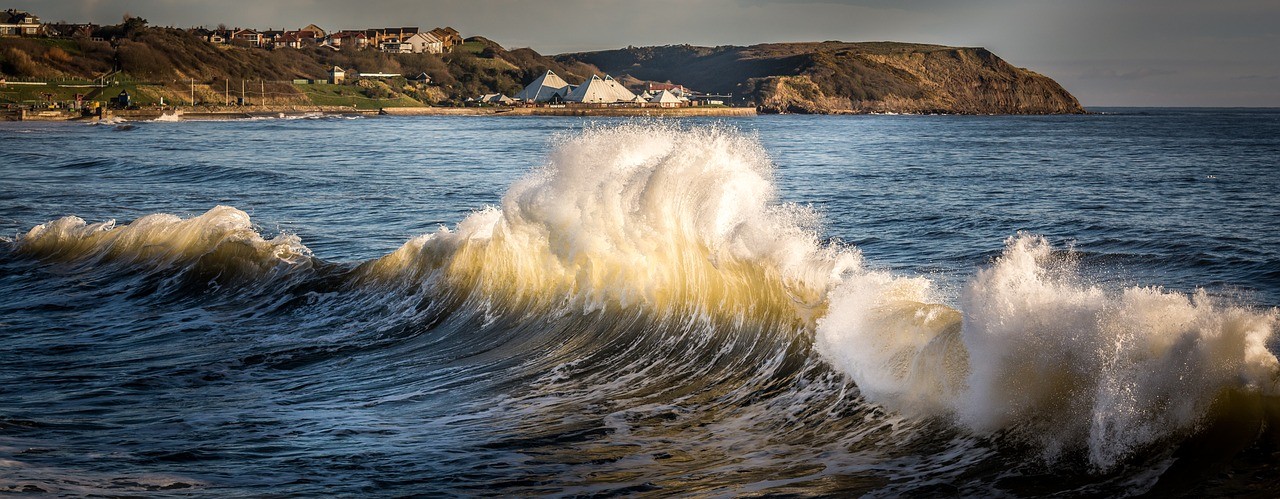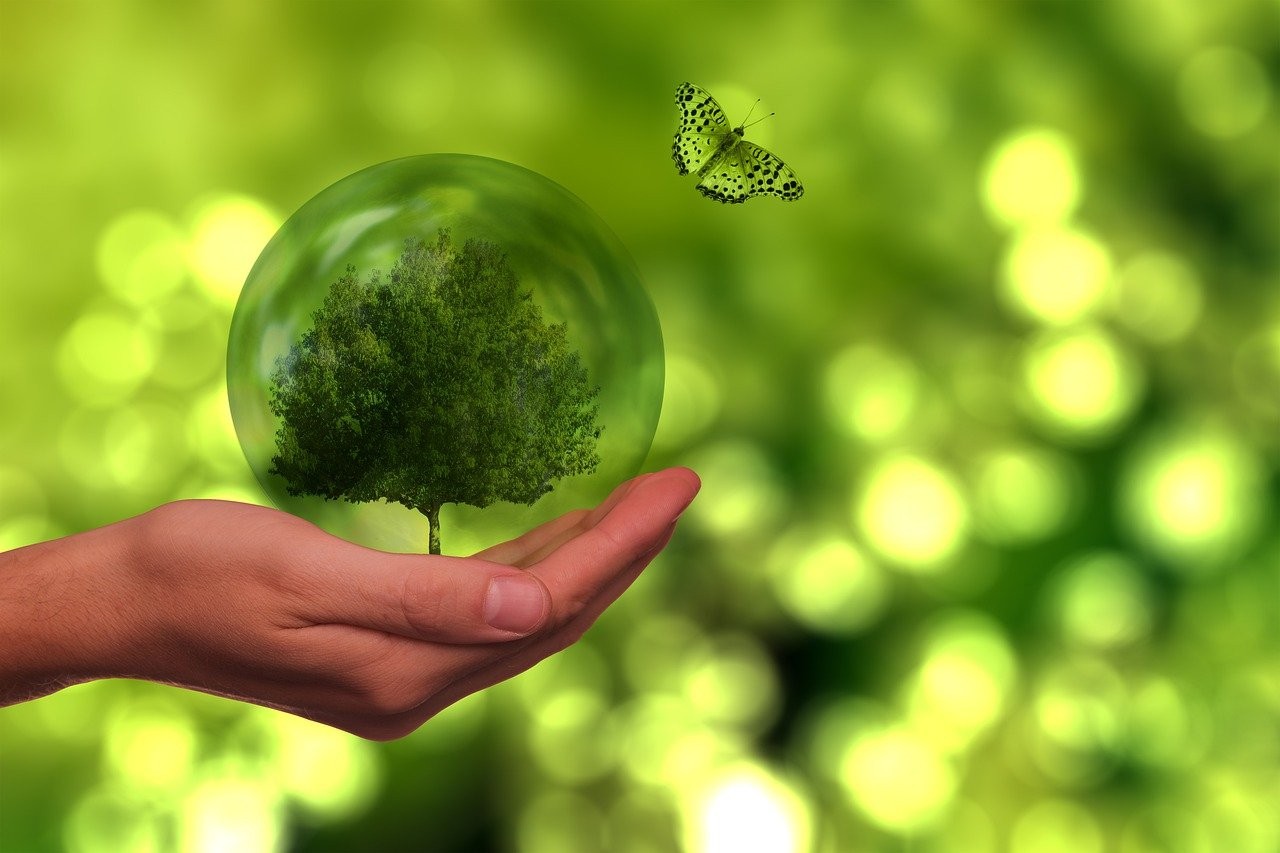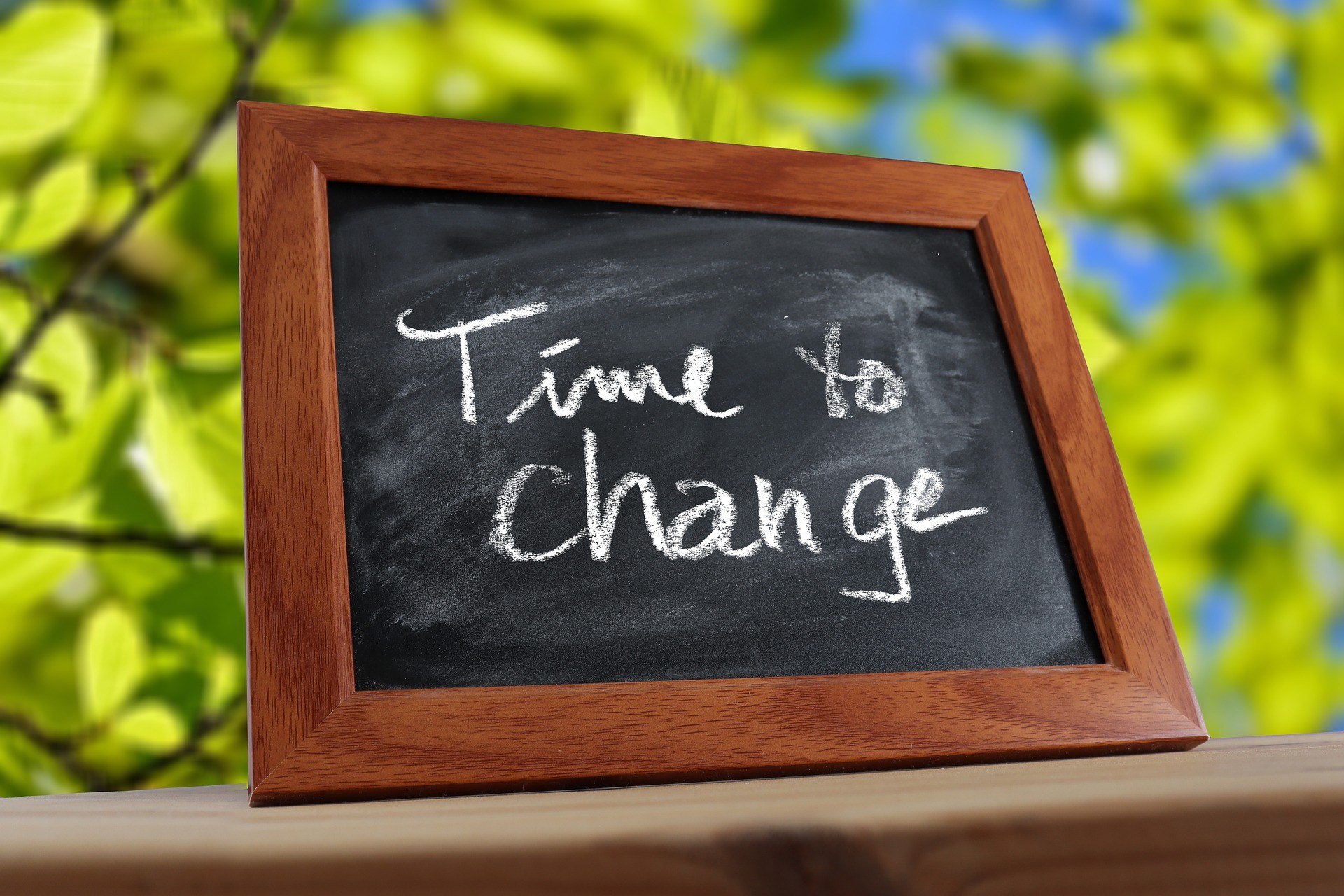What are renewable energies, and how do they work: let’s take a look at the clean energy sources that represent the future of the planet.
In a world that is increasingly moving towards the sustainability and environmental protection, the renewable energy sources represent the present and, at the same time, the future of energy production at a global level. According to European legislation, “renewable” energy is defined as energy that comes from alternative non-fossil sources, sources that have the capacity to regenerate at the same rate (or even faster) with which they are consumed, or sources that are not “exhaustible” in geological time.
Sun, water, wind, heat of the earth, these are some of the sources on which we must focus our attention in the current process of energy transitionto ensure a liveable planet for our children and, more broadly, to combat the climate changes which are already affecting the population in many different ways.
These elements are in fact present in nature in great abundance and represent the most suitable resource for the sustainable and green production of electrical energy.
In this article we will discover what the differences are between the renewable and non-renewable sourceswe will see what the most used renewable source is and we will examine the theme of sustainability in Italy and in the world. First of all, however, let’s find out exactly what is meant by “renewable resources“.
Renewable Energy: What Are They?
Alternative energy sources are – as we have seen – those that do not run out because they can be replenished relatively quickly in a natural way (as happens, for example, in the case of the sun or the wind) or in a chemical way (this is the case of biomass, as we will see below).
These energies are increasingly used in the production of electricity. But what sources are we talking about exactly?
We have already mentioned some of them, such as biomass, the sun (solar energy) and the wind (aeolic energy). But let’s look in more detail at which natural elements could represent valid renewable energy sources and how exactly these energy resources work.
List of renewable resources
When we talk about renewable energy resources we are referring to those sources that, while guaranteeing energy, do not pollute the planet and, consequently, do not damage our health.
So we are talking about sources such as the sun, the wind, the water (hydroelectricity) and the sea. Let’s see in more detail how all these natural elements become energy that we can exploit in our homes.
Solar power
Let’s first talk about the most widespread alternative energy, namely solar energy. As you may have guessed, it is a form of clean energy, which comes from sole. This is used to provide energy and heat to all domestic environments and workplaces.
The energy that comes from the sun is converted into electrical energy by installing special photovoltaic or solar panels.
Wind energy
Even the wind represents, in a certain sense, a source of clean energy. Thanks to the insertion of special wind turbines in the territory, it is in fact possible to transform the action of the wind into electrical energy. This happens by exploiting the kinetic energy caused by the movement of the air. Here is an in-depth analysis of wind energy.
Hydroelectric energy
Water is used for the production of sustainable energy. That hydroelectric It is considered a renewable energy, but not completely inexhaustible. This means that the exploitation of this resource should be moderate.
Geothermal energy
Il heat of the earth It is also considered a renewable energy source. Thegeothermal energy in fact, it exploits the heat of the earth’s crust and subsoil, producing a form of energy with zero impact. For this reason, many people consider the possibility of installing a domestic geothermal system, which can bring important advantages in terms of economic return and environmental sustainability.
Biomass Energy
Another example of sustainable and zero-emission energy is that which comes from biomass. It is produced by processing organic waste products released by plants and animals, which are specifically processed to produce the so-called “biofuel”.
Marine Energy

Finally, the sea and more precisely the renewable energy sources also include ocean currents and marine. Marine energy is also known as ocean energy or pelagic energy and is produced by installing alternators and turbines.
What is the easiest renewable energy to produce?
It is believed that the simplest renewable energy source to produce, and also one of the most widespread, is solar energy. It is in fact “simple” to produce and can satisfy energy needs both in terms of savings and in terms of impact on the environment.
What are non-renewable sources?
After having looked at renewable resources, let’s remember which are the non-renewable sources, that is, those that have a more significant environmental impact and that, therefore, should be gradually replaced with more sustainable and environmentally healthy alternatives.
The so-called non-renewable energy sources are essentially grouped into two categories: fossil fuels and that of the nuclear fuelsFossil fuels include coal, oil, and natural gas, and are derived from organic matter that has settled over the centuries in the Earth’s layers. Nuclear fuels are derived from uranium and plutonium.
Non-renewable resources are essentially energy sources that have been generated over millions of years or even before the formation of the planet. These sources are called “non-renewable” precisely because, once exhausted, they will no longer be available in “human” timeframes.
What is the most used energy source today?
At present, although the production of renewable energy is undoubtedly increasing on a global scale, the most widely used energy source is that coming from fossil fuels. Among these, the main ones stand out petrolium e carbone.
It is estimated that fossil fuels currently cover more than 85% of the world’s energy needs.
Renewable Energy: The Situation in the World and in Italy

The choice to produce more and more clean energyabandoning polluting and unsustainable sources, is being adopted in more and more countries around the world. Moreover, renewable energy systems are becoming progressively more efficient and even convenient (also from an economic, as well as environmental, point of view), both for individual citizens and for the general population.
Two countries in particular, namely Iceland e Norwayhave made real strides in the field of renewable energy, arriving at producing all the electricity using only clean sources. But what is the situation in Italy in terms of zero-impact energy?
What are the renewable energy sources in Italy?
Our country has also rolled up its sleeves to pave the way for green and sustainable energy. In fact, Italy is among the countries that use renewable energy the most, with more than a third of its electricity production coming from clean sources. However, the road to full sustainability is still very long.
What is the most used renewable source in Italy?

Again, solar energy is believed to be the most well-known and widespread in Italy. However, the wind and hydroelectric sectors have also been increasing since last year.
Renewable energy production, in a broader sense, presents differences based on the different areas of the country. For example, the South produces greater quantities of solar energy and wind energy, with greater attention to regions such as Sicily and Sardinia, Puglia, Campania and Basilicata.
Geothermal energy is produced to a greater extent in Tuscanywhile hydroelectricity dominates above all in the Alpine arc and on the Apennine ridge, where there are slopes suitable for ensuring high energy production.
From 2010 to today, the development of renewable energy has been important in our country, but we still have many steps forward to make in this direction. Compared to the European regulations and objectives for 2030, our country is still far behind, due to a bureaucracy with biblical times and a lack of clarity from a legislative point of view.
Source: www.greenstyle.it


